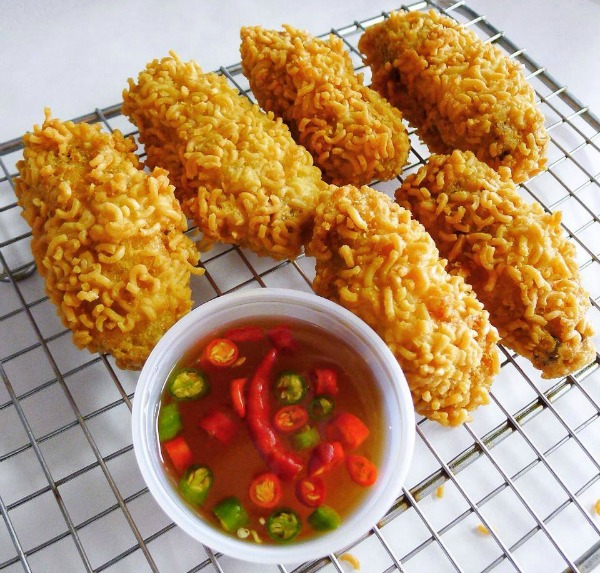Pao Rice Paddle Non-stick
Pao Rice Paddle Non-stick
- Attractive classic white exterior
- Textured head easily scoops up a serving of rice
- Stick resistant for easy cleaning and serving
- Stirs sauces and flavors into sushi rice
- Dishwasher safe
Many people are not clear about the difference between sushi and sashimi. These are terms that are often used interchangeably to describe the same dish. On the surface, it may seem that they are both very similar because they are typically traditional Japanese fish dishes, but there is actually a distinct difference between them.
Here’s a infographic that may help break down the difference between the two.
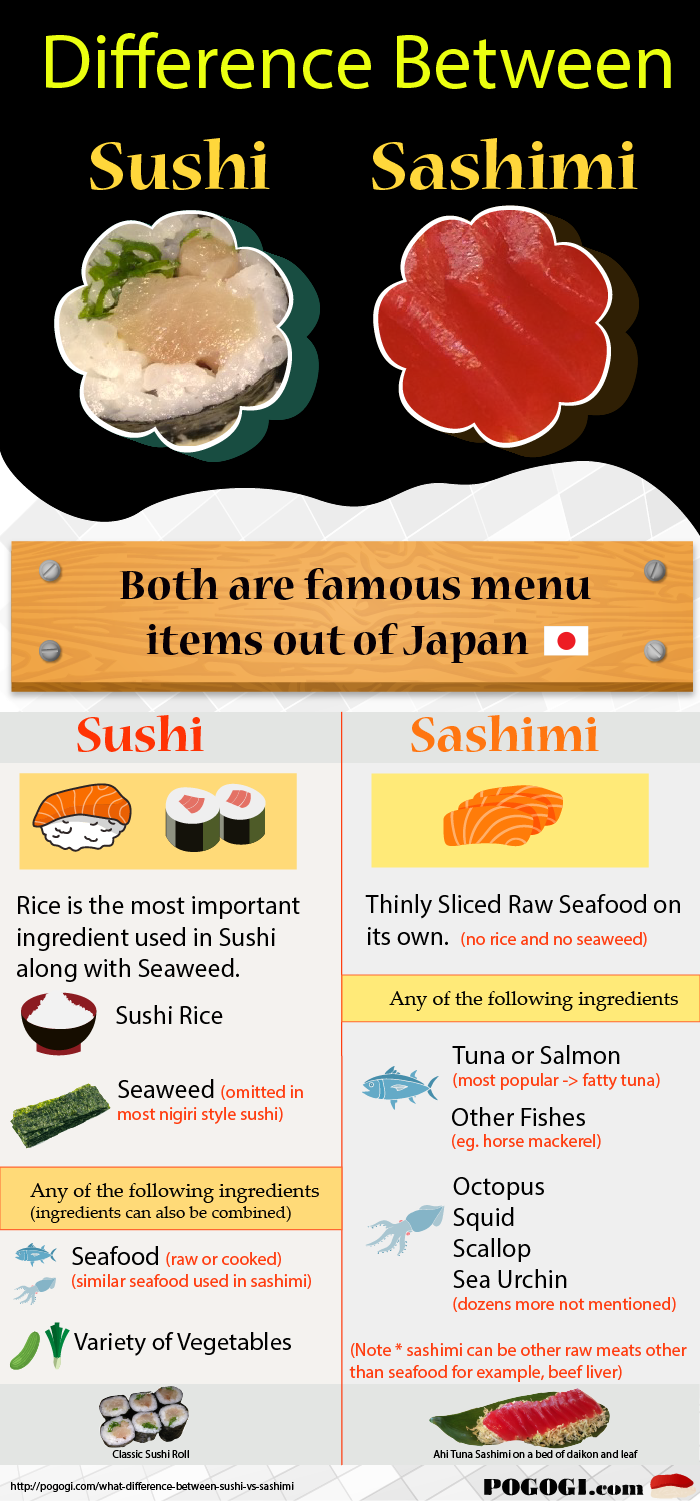
Let's look into both in detail. Let’s start with sushi.
Sushi is made up from a combination of ingredients, the common thread in all sushi dishes is the rice is dressed with vinegar. The rice is then combined with a myriad of other ingredients which can include raw fish, seaweed, cucumber, soy paper, omelets and avocado. These are just a few of the common accompanying ingredients.
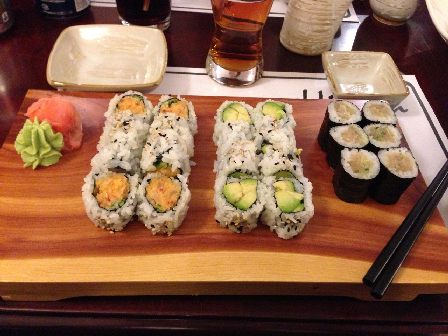
So in fact, sushi does not need to contain raw fish, or any fish at all for that matter. Despite popular belief, sushi does not mean “raw fish” at all. It actually means “sour tasting” because of the vinegar rice and the fermented fish that were first used to make the dish.
This original sushi dish (nare-zushi), was developed in Southeast Asia. It then spread to southern China and later reached Japan. Today, sushi is enjoyed all around the world and has transformed into contemporary dishes with varying preparation, condiments and ingredients. It has grown into a variety of subtypes which include: hand-made sushi, sushi that is pressed, sushi that is rolled, and scattered sushi.
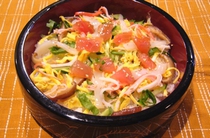
While sushi includes rice that has been dressed in vinegar, sashimi is simply thinly sliced raw seafood that is fresh like Salmon or Tuna. Mostly saltwater fish is used because freshwater fish tend to have parasites that can cause intestinal distress.
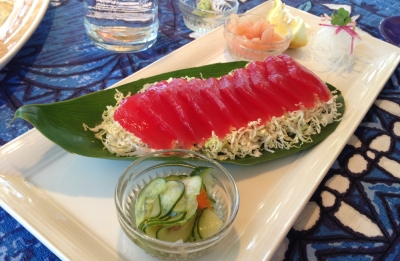
Despite the fact that the sliced raw seafood is sometimes used in sushi rolls, for it to be considered “pure sashimi” it needs to be only on its own. Typically in restaurants, sashimi is served on top of shredded daikon (white radish) along with pickled ginger, wasabi and soy sauce. In high end Japanese/Sushi Restarants, the fish are alive in fish tanks ready to be prepared and freshly served for the customer.
Here is a list of popular Sashimi.
In essence, sushi is a dish that is composed of rice that has been dressed in vinegar, often with sashimi and other ingredients. Sashimi itself is a thinly sliced piece of raw meat or fish that is typically served fresh.
Roundup for Sushi Versus Sashimi:
Now go out and eat both!
A Japanese television show ”Homna Dekka!?” recruited three researchers to decipher the most optimal way to simultaneously hold and eat a hamburger.
The popularity of Japanese food shows no signs of stopping, so you might want to consider riding this wave for your next dinner party. A Japanese meal requires special equipment and ingredients so start with something small like Japanese appetizers.
But when you search for recipes, you will find Japanese inspired appetizers like California rolls and avocado-wasabi salads that any Japanese host wouldn’t dream of serving a guest. You won’t find appetizers that are served before a meal because in traditional Japanese cuisine, all of the food is served at once.
When the Japanese invite people over, they serve French-style appetizers such as terrines because Japanese food is for everyday meals, and Western-style dishes are the mark of utmost hospitality. So what should you do? Here are some main courses and side dishes that you can scale down to appetizer-sized bites.
Karaage
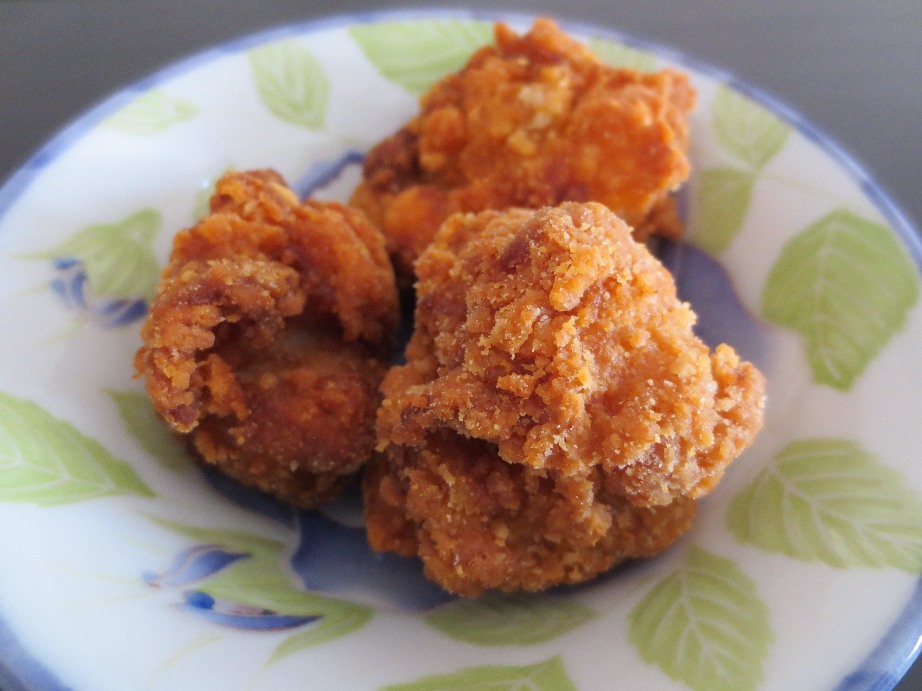
Fried chicken is a crowd-pleaser, so try making karaage, or Japanese-style fried chicken. Ideal karaage has super crispy skin and it’s soft and juicy on the inside so you need to use deboned chicken thighs. The chicken is marinated in grated ginger, soy sauce, sake and sesame oil; coated in cornstarch and fried. It’s important to use cornstarch because this is what makes the karaage super crispy.
Asparagus Cheese Katsu
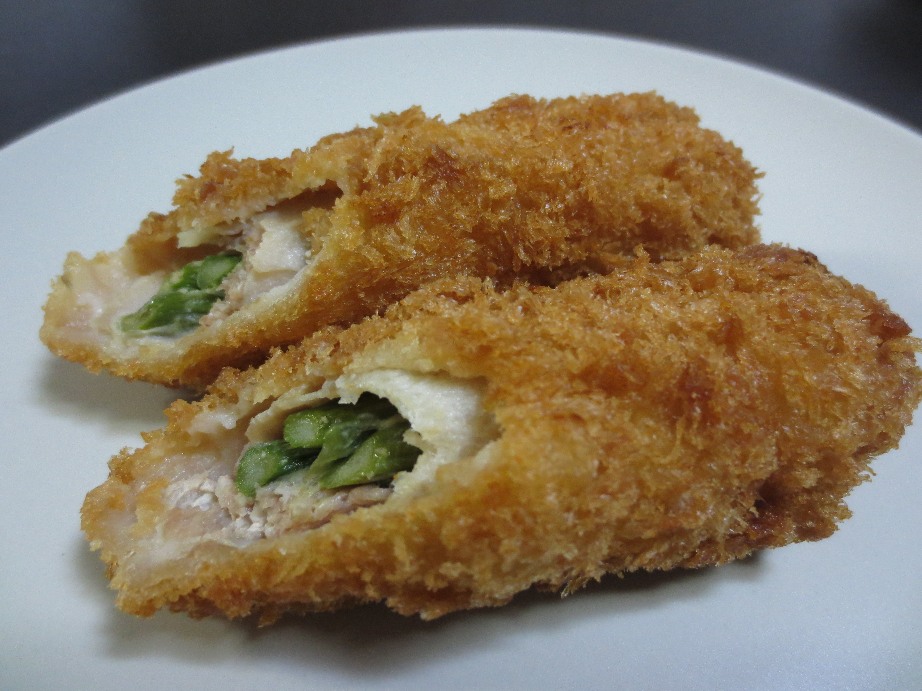
Anything fried is bound to be delicious. A newer Japanese dish is asparagus cheese katsu, or asparagus and cheese wrapped in pork belly slices, rolled in panko bread crumbs and fried. Cheese and pork and frying you say? It’s ok, asparagus saves the day!
Traditional Japanese Boiled Shrimp
For something heart-healthier, how about shrimp boiled in dashi broth, soy sauce, sake and sweet rice wine as a riff on shrimp cocktail? This doesn’t need sauce because all of that boiling liquid intensifies the sweetness of the shrimp.
Japanese Pickles
If you want crunch without the frying, Japanese pickles fit the bill perfectly. They aren’t pickled for too long so they retain their snappy bite. Try pickling sliced cucumbers, carrots and daikon (Japanese radish) in sweet rice wine, rice vinegar and salt for that unique Japanese taste. You can also try cutting up vegetables and serving them with a miso-mayonnaise dip.
Shira Ae
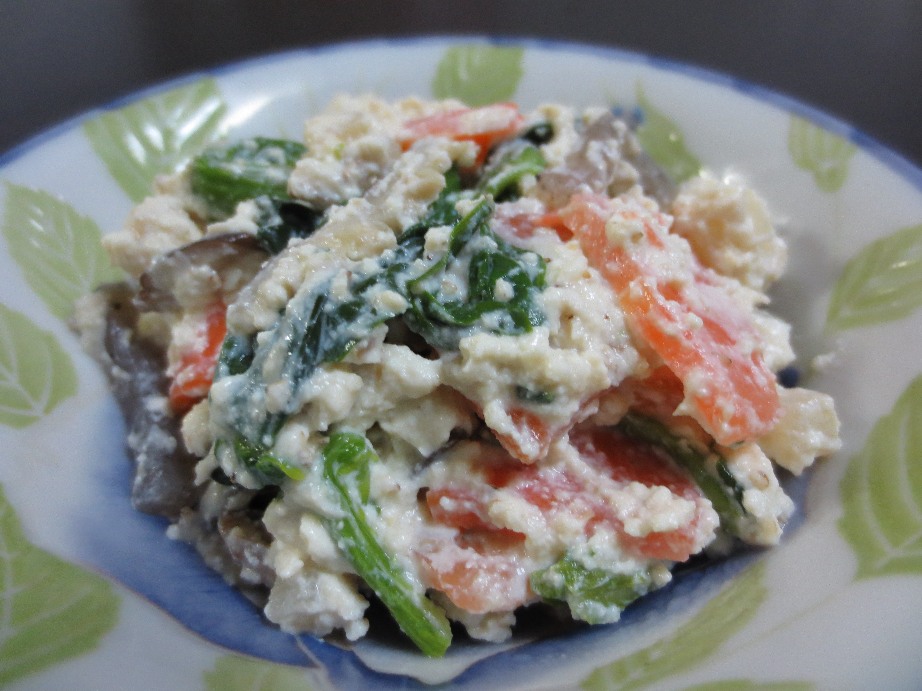
Tofu has had a bad rap for masquerading as meat but have you considered using tofu as a sauce? Shira ae is a mixture of boiled vegetables (usually spinach, carrots, and edamame) coated in a sauce made from smashed silken tofu, white miso, dashi broth and rice vinegar. The creaminess of the tofu, the saltiness of the miso and the tartness of the vinegar perfectly complement bland boiled vegetables. It’s quite tasty so you might even forgive tofu for being faux meat.
There are many other main and side dishes that you could tweak into morsels. The Japanese have perfected the combination of sweet, salty, sour and umami-richness in their dishes so the key is to be faithful to the originals and you will bask in a chorus of arigatos as you clear for the next course.
Other notables:
The oddest… well, I was eating at a sushi bar. I would go to sushi bars with a book I had called “Making out in Japanese.” it was a small paperback book, with questions like “can we get into the back seat?” “do your parents know about me?” “do you have a curfew?”And I would say to the sushi chef “Do you have a curfew? Do your parents know about us?
Umeshu is one of the most popular Japanese liquors, and it is made from the well-known Ume fruits. What makes Umeshu so different from most liquors is the fact that the Ume fruit must be green, not ripe, in order for the drink to be truly genuine.

Yes, you read it right. It's chicken and yes it is sashimi, which means it is served raw!
Accroding to Foodbeast.com, a restaurant in San Francisco have created an item called the Ramen wings. Looking at the photos, the wings looked to be battered in Ramen Noodles.
